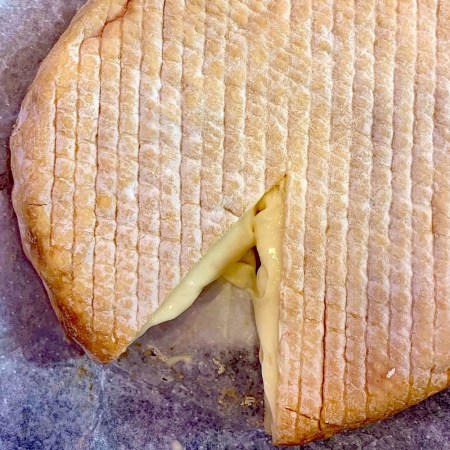In big deal cheese news, a Virginia court upheld a ruling that a certain type of cheese can be labeled as “Gruyère,” no matter where it’s made. Historically, it had to be produced in the Gruyère region of France and Switzerland, and in 2015, organizations from both countries asked the U.S. Patent and Trademark Office to certify that the cheese could only be made in that region. But the Patent and Trademark Office contested the application, saying Gruyère is a generic cheese category that can be made anywhere.
While the ruling is seen as an obvious blow to European cheese makers, judges did have some compelling arguments as to why they upheld the ruling. According to The Washington Post, between 2010 and 2020, the majority of U.S. imports of Gruyère came from the Netherlands and Germany rather than France or Switzerland. They also brought up U.S.-made Gruyère and stated that Wegmans “sold more domestic Gruyère-labeled cheese than Swiss Gruyère-labeled cheese each year between 2016 and 2021 (except 2020).” The ruling states that because so much Gruyère sold in the United States is not from France or Switzerland, the American consumer sees it as a type of cheese “regardless of regional origin.”
Does Wine or Beer Pair Better With Cheese?
We put the two beverage categories head to head to see which one tastes better with our favorite cheesesAccording to the FDA, Gruyère simply needs to have small holes and aged for at least 90 days. I’ll be completely honest and say that prior to a couple of months ago, I too thought Gruyère was a type of cheese, rather than a regional designation. I consider myself fairly educated on these matters, so if I didn’t realize that real Gruyère comes from the actual European region, I’m guessing that most Americans didn’t know this, either.
On the flip side, this is obviously a blow for France, Switzerland and the people who have been making Gruyère in its namesake region for thousands of years. American cheesemakers can produce parmesan, but they can’t label it Parmigiano Reggiano, which can only be made in Parma, Reggio Emilia, Modena, Bologna to the left of the Reno river and Mantua to the right of the Po river. Wine can go through a secondary fermentation in the bottle (aka the “Champagne method”) to make it bubbly, but it can only be called Champagne if it’s made in France’s Champagne region. So why can’t Gruyère get the same special treatment?
The ruling kind of sets a dangerous precedent. Just because Americans aren’t educated on traditional regional foods of other countries doesn’t make them less legit. But apparently, it does for Gruyère.
Thanks for reading InsideHook. Sign up for our daily newsletter and be in the know.


















